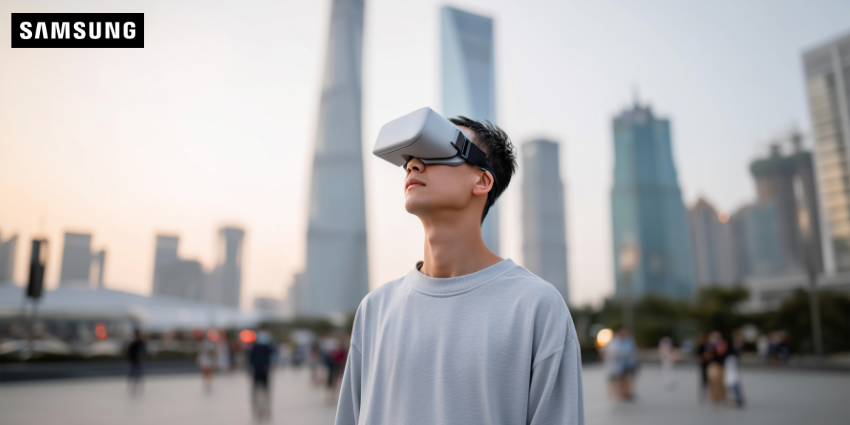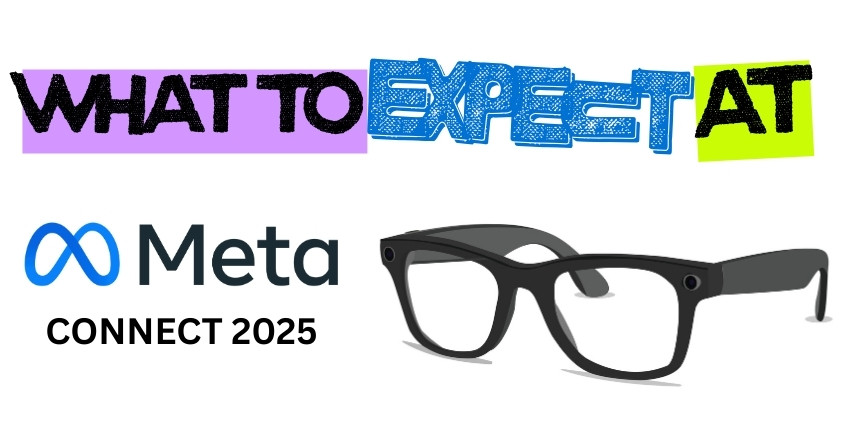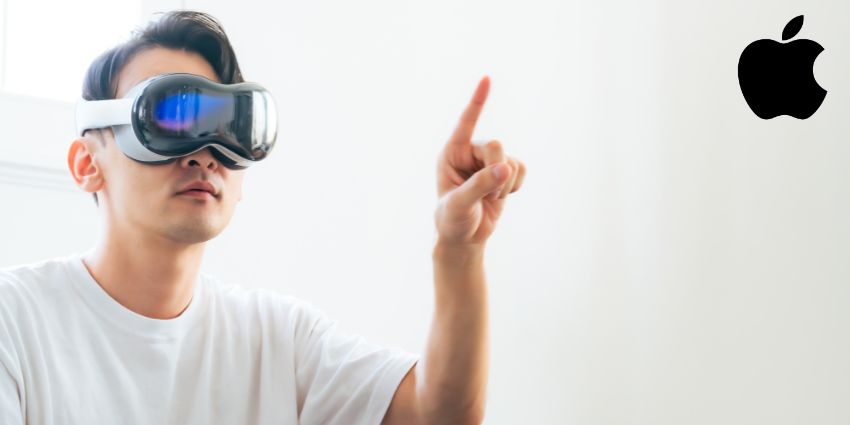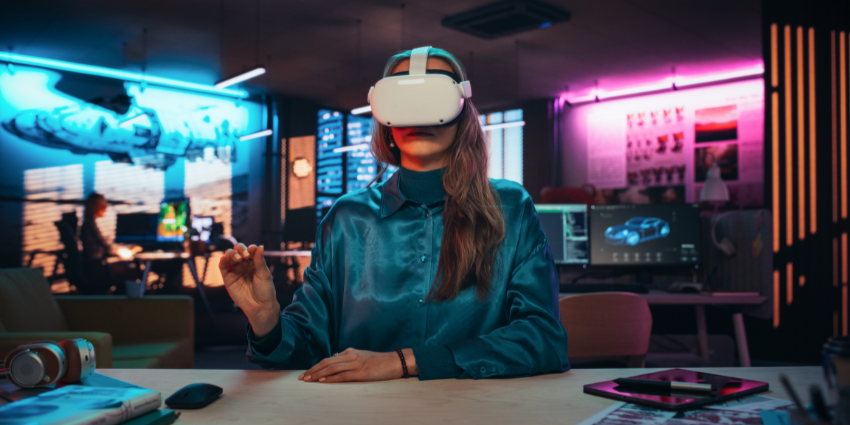The enterprise XR industry is still early in its lifespan. The headline-stealing headset technology that commonly wows audiences is only part of the overlooked overall picture.
Like any at-scale enterprise solution, XR device and software deployment rely on various other systems to create a framework that allows a company to manage all aspects of an XR solution.
XR, in all its forms and on all end devices, must coexist and operate effectively with other digital systems within an organisation. Moreover, the human element is essential, as onboarding and technology training must be successfully considered for an organisation to effectively leverage usages such as immersive training, collaboration, or remote assistance.
The process is complex and requires the right team and partners to scale XR in the workplace. Recently, XR Today spoke to Sara Johnston, the COO of Motive.io, to discuss the growth of VR training and the value of middleware layers that establish the success of XR adoption at scale in enterprise.
Johnston said:
I come to the company with experience in both education and user experience design. A lot of what I have hyper focused on in the company is how do we create really meaningful learning experiences leveraging XR as a as a medium. So, lots of time is spent trialling and erroring with customers to get the most out of what XR can offer.
Creating an XMS Platform to Scale Enterprise XR Adoption
Motive.io is an XMS platform-experience management system- that allows companies to roll out XR experiences at scale by combining necessary XR tools and solutions. The Motive.io XMS portfolio assists enterprises with various aspects of a successful XR service deployment, such as providing services for content creation, user management, analytics, AI integration, and streaming.
Johnston explained:
It’s a democratizing platform that allows companies to look at XR as a broader strategy that works with existing IT systems in a company to make an XR rollout a lot more seamless.
“We’re using middleware as a term to describe a connection tool or a hub, if you will,” notes Johnston. Rolling out XR is far more complex than simply putting a headset on a worker and expecting success; the process requires many digital tools, elements, and services to deploy headsets and the software that supports it.
As a “middleware” XMS platform, Motive.io helps companies integrate elements like headsets and software via an open platform that allows for deeper, seamless integration across multiple workplace sectors.
Johnston noted:
Motive.io are very focused on having what we call an ‘open XMS’, integrating with the really great MVVM platforms that are out there, the streaming platforms, and the AI platforms. Because, a lot of companies have built really fabulous technologies that need brought together in one central place that can be managed and then allows those XR experiences to be rolled out at a much larger scale.
Motive.io’s Growing AI Integrations
Johnston explained that Motive.io has integrated conversational AI back ends “for a while, ” allowing content creators to “leverage conversational intents to build free-flowing natural language conversations with avatars, characters, and scenes.”
“We’ve seen lots of great success there,” remarked Johnston, who explained that recent Motive.io AI integrations allow teams to upload procedural documentation, ready-for-use cases such as training procedures, and train AI in the company’s operations ready for such scenarios.
Johnston added:
We’ve rolled that out to a major retailer here in Canada for people who are learning how to pick packages in the warehouse. They have their little AI assistant that can help with all manner of things. So that’s been a really successful and exciting rollout as well.
In the future, Motive’io is working on AI integrations, allowing content creators to “generate training even more quickly than they can right now with our authoring tool”, said Johnston.
According to Johnston, Motive.io sees conversational AI as a great way to increase productivity when creating enterprise XR content because of the return on investment angle, “one of the things people find challenging about XR is, where do we get the content? How do we create it? How do we lower the costs of content creation and be able to rely on your internal training teams to create the training?”
Reacting to the Shifting XR Headset MarketPlace
ResearchAndMarkets recently released its “Smart Augmented Reality Glasses—Global Strategic Business Report.” The report highlights the growing popularity of smart glasses, the potential opportunities for enterprises, and the possibility of smart glasses replacing VR headsets.
According to the report, the global market for smart glasses reached approximately 678,600 units in 2023. ResearchAndMarkets expects the market to grow significantly to 13 million units by 2030, representing a compound annual growth rate (CAGR) of 53.0 percent from 2023 to 2030.
“I am definitely biased because we focus on VR and VR training, but I do feel like VR training is one of these killer use cases, and for VR headsets-it brings so much business value and return on investment,” stated Johnston, who also noted that one of the most significant ways that companies see value and cost savings with VR hardware is “being able to replace taking equipment offline and transporting people to specific facilities.”
Johnston added:
When you think about the dollars, time, and talent you have to pull off the line. All of those things cost a lot of money. With well-created VR, companies that are diving in and really embracing that are seeing a huge return on investment.
Johnston stated that the “literally millions of dollars [saved] by implementing VR should have VR headsets flying off the shelves.” Johnston also explained how the commercial side may “pick up a little bit too as folks get used to it as a tech and start turning to it for entertainment and collaboration.”
“I do truly believe that the value VR brings in terms of effective training and also the cost savings that come with is going to be the gateway,” Johnston remarked.
On the other hand, Johnston explained that there are “a lot of places for AR and not to compete with VR but just as an additional complementary technology.”
Research and Markets is expanding its coverage to include a broader range of hardware considerations in the growing smart glasses market. This includes “simple assisted reality glasses”, which the research body predicts will reach 5 million units by 2030 with a CAGR of 50.3 percent. Additionally, Research and Markets noted that MR holographic displays, such as Apple’s Vision Pro, are projected to grow at a 58.4 percent CAGR until 2030.
The Apple headset brought “a lot of buzz” to the market. However, Johnston noted that one of the things missing from the AR/MR space “right now is a cost-effective headset that’s wearable for a long period of time.”
According to a recent report by IDC, global AR/VR headset shipments significantly decreased in the first quarter of 2024. Shipments fell by 67.4 percent year over year in Q1, with VR headsets experiencing the most pronounced decline. As a result, potential customers are now turning their attention towards MR/AR devices instead.
AR use cases can exist in part on a worker’s everyday digital equipment, providing an assistive reality service. “There’s lots of room for innovation regarding a lightweight, long-lasting wearable,” said Johnston.
The IDC predicts that MR headset shipments will increase at a CAGR of 43.9 percent from 2024 to 2028. This growth is expected to occur due to the anticipated decrease in the initial cost of MR headsets. The increase in shipments is linked to the potential shift of audiences from VR to MR/AR devices and the introduction of new mass-market products.







